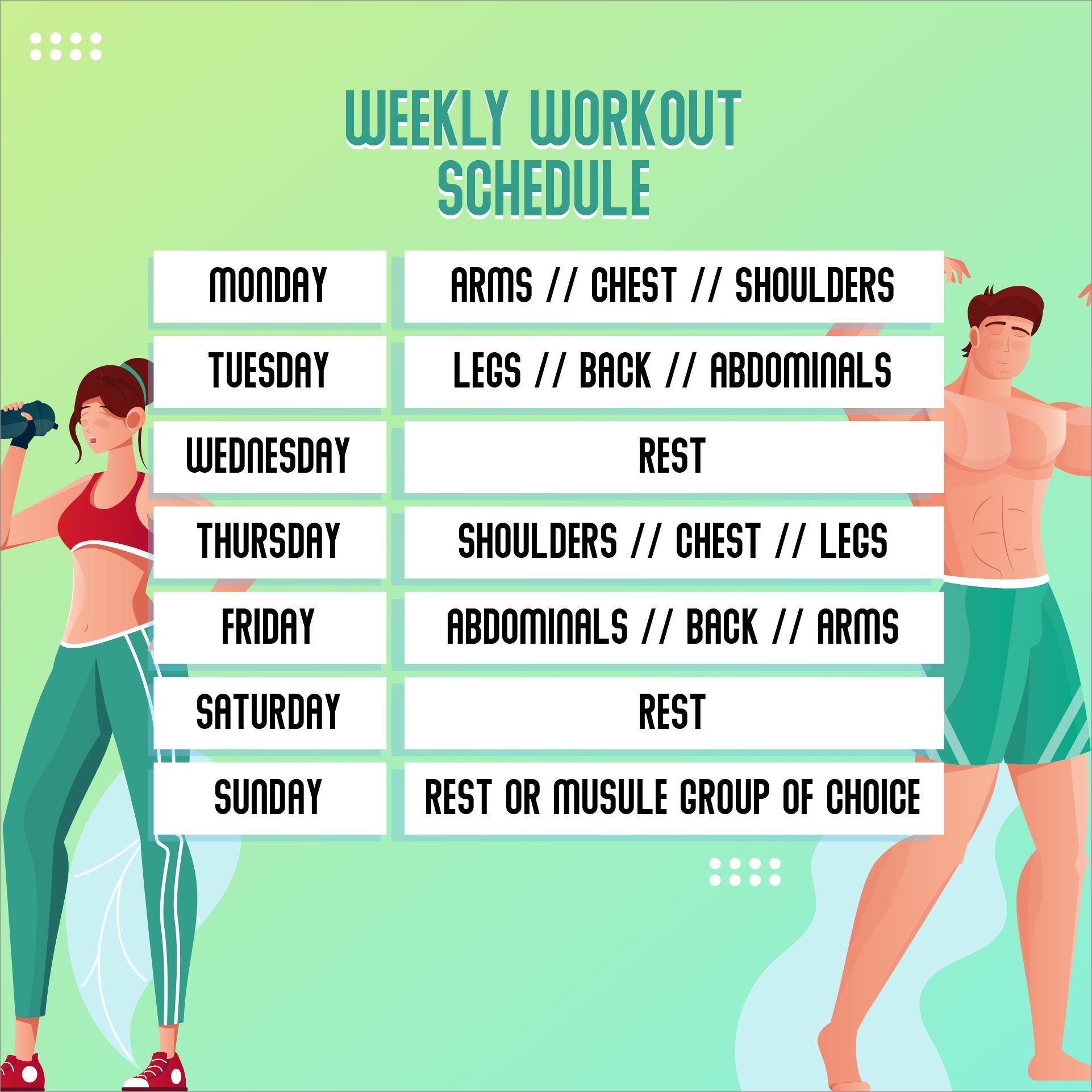Regular exercise is essential for maintaining a healthy lifestyle. However, finding the time and motivation to work out can be challenging, especially with our busy schedules. That’s why having an exercise schedule is crucial. It helps you stay organized, ensures you make time for physical activity, and allows you to track your progress.
In this article, we will provide you with a comprehensive guide on how to create an effective exercise schedule that fits your lifestyle and helps you achieve your fitness goals.
Why Should You Have an Exercise Schedule?
Having an exercise schedule provides structure and accountability to your fitness routine. It helps you prioritize physical activity and ensures that you make time for it, even when life gets hectic. By following a schedule, you can establish a routine and make exercise a habit. Moreover, an exercise schedule helps you track your progress and identify areas for improvement. It allows you to set specific goals and measure your achievements.
Another benefit of having an exercise schedule is that it helps you stay motivated. When you have a plan in place, it becomes easier to stay committed to your fitness goals. You can also mix up your workouts and include different types of exercises to keep things interesting and prevent boredom.
How to Create an Exercise Schedule
Creating an exercise schedule requires careful planning and consideration of your individual needs and preferences. Here are some steps to help you create an effective exercise schedule:
1. Determine Your Goals
Before creating your exercise schedule, it’s important to determine your fitness goals. Are you looking to lose weight, build muscle, improve cardiovascular health, or increase flexibility? Identifying your goals will help you choose the right types of exercises and create a schedule that aligns with your objectives.
2. Assess Your Current Fitness Level
It’s essential to assess your current fitness level to determine where you stand and what exercises are suitable for you. Consider factors such as your endurance, strength, and flexibility. If you’re unsure, consult with a fitness professional who can guide you in assessing your fitness level.
3. Choose the Right Types of Exercises
Based on your goals and fitness level, select the types of exercises that will help you achieve them. This can include cardiovascular exercises like running, cycling, or swimming, strength training exercises using weights or resistance bands, and flexibility exercises such as yoga or Pilates. Aim for a well-rounded routine that includes a mix of different exercises.
4. Determine the Frequency and Duration
Decide how often you will exercise and for how long. The American Heart Association recommends at least 150 minutes of moderate-intensity aerobic activity or 75 minutes of vigorous-intensity aerobic activity per week. You can break this down into smaller sessions throughout the week, depending on your schedule and preferences.
5. Consider Your Schedule and Lifestyle
Take into account your daily schedule and lifestyle when creating your exercise schedule. Determine the best times of the day for you to work out and consider any commitments or responsibilities that may affect your availability. It’s important to be realistic and choose times that are feasible for you to stick to in the long run.
6. Plan for Rest Days
Rest days are just as important as workout days. They allow your body to recover and prevent overtraining. Make sure to include rest days in your exercise schedule to give your muscles time to repair and rebuild. Rest days also help prevent burnout and reduce the risk of injury.
7. Be Flexible
While having an exercise schedule is important, it’s also essential to be flexible. Life can be unpredictable, and there may be times when you need to adjust your schedule or skip a workout. Don’t beat yourself up over it. Instead, find alternative ways to stay active or make up for missed workouts.
8. Track Your Progress
Keep a record of your workouts and track your progress over time. This can be done through a fitness app, a journal, or a simple spreadsheet. Tracking your progress helps you stay motivated and allows you to see how far you’ve come. It also helps you identify any patterns or areas for improvement in your exercise routine.
Sample Exercise Schedule
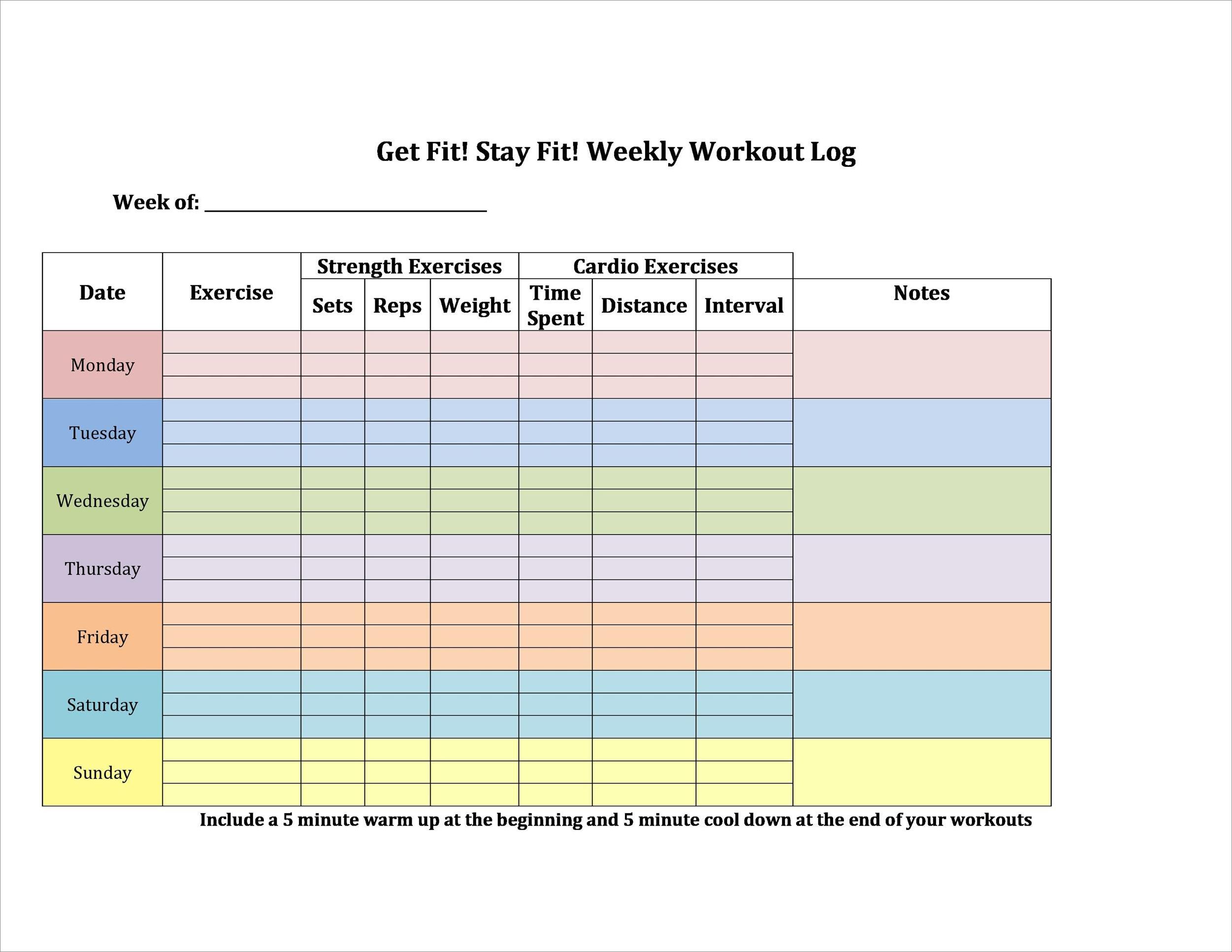
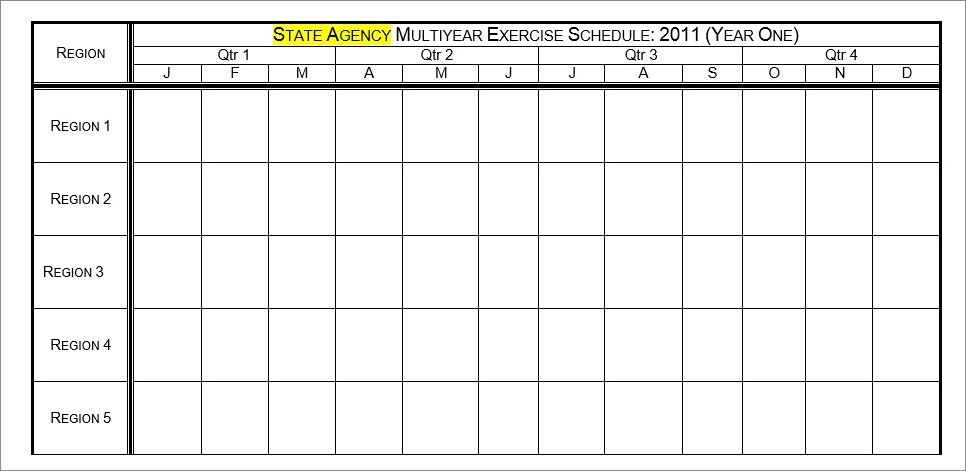
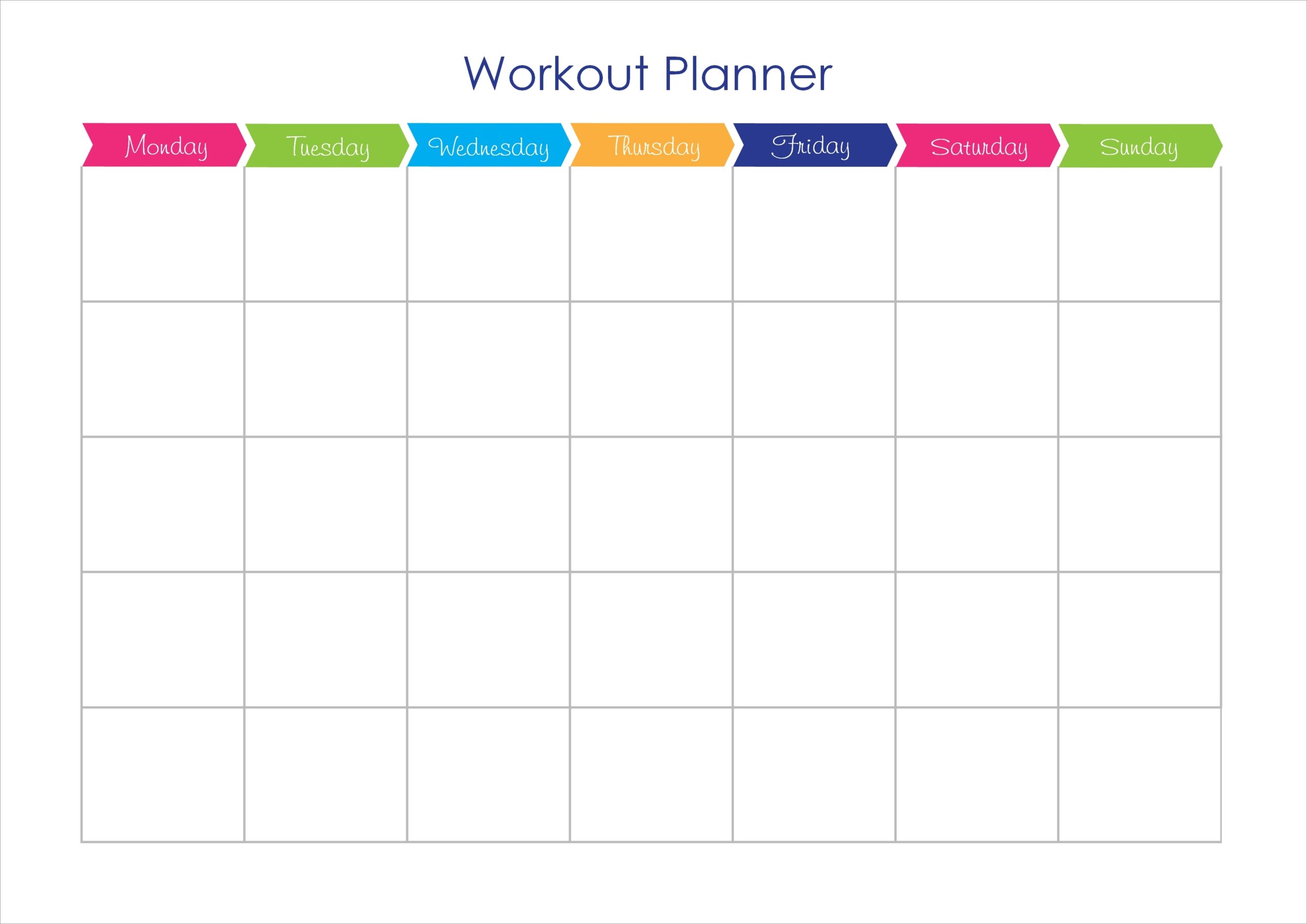
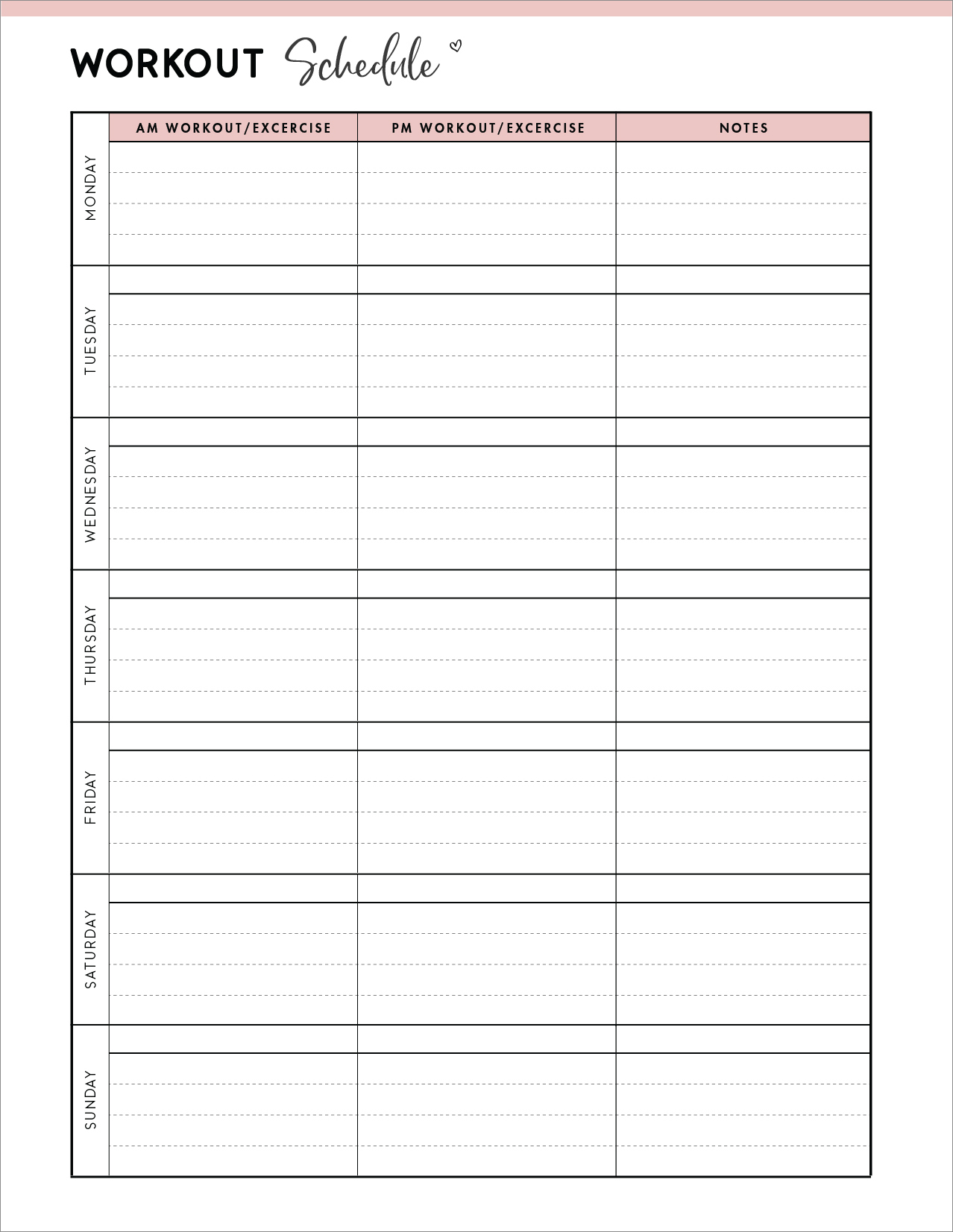
Here’s an example of a weekly exercise schedule that incorporates different types of exercises:
- Monday: 30 minutes of strength training (upper body)
- Tuesday: 45 minutes of cardiovascular exercise (running)
- Wednesday: Rest day
- Thursday: 30 minutes of strength training (lower body)
- Friday: 30 minutes of flexibility exercises (yoga)
- Saturday: 45 minutes of cardiovascular exercise (cycling)
- Sunday: Rest day
Feel free to adjust this schedule based on your personal preferences and goals. Remember, consistency is key, so find a routine that works for you and stick to it.
Tips for Maintaining an Effective Exercise Schedule
- Set reminders: Use alarms or calendar notifications to remind yourself of your scheduled workouts.
- Find an exercise buddy: Working out with a friend or joining a fitness class can help keep you motivated and accountable.
- Mix it up: Keep your exercise routine interesting by trying new activities or varying the intensity and duration of your workouts.
- Stay hydrated: Drink plenty of water before, during, and after your workouts to stay hydrated.
- Listen to your body: If you’re feeling tired or experiencing pain, it’s okay to take a break or modify your workout. Always prioritize your safety and well-being.
- Celebrate milestones: When you reach a fitness milestone or achieve a goal, celebrate your accomplishments to stay motivated and inspired.
Remember, creating an exercise schedule is just the first step. The key to success is consistency and commitment. Stick to your schedule, stay motivated, and enjoy the numerous benefits that regular exercise brings to your body and mind.
Exercise Schedule Template Word – Download
